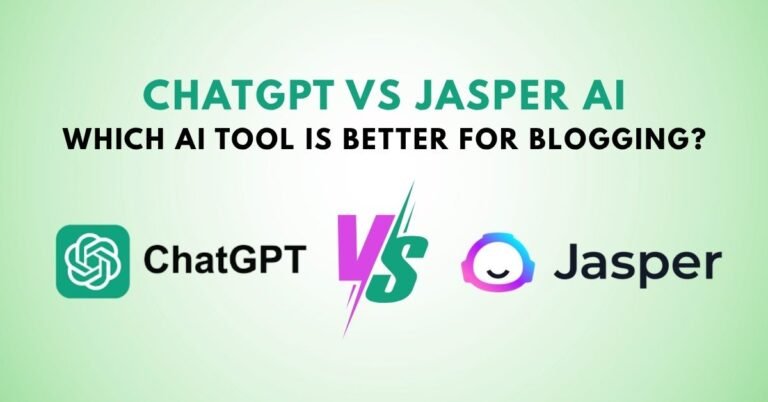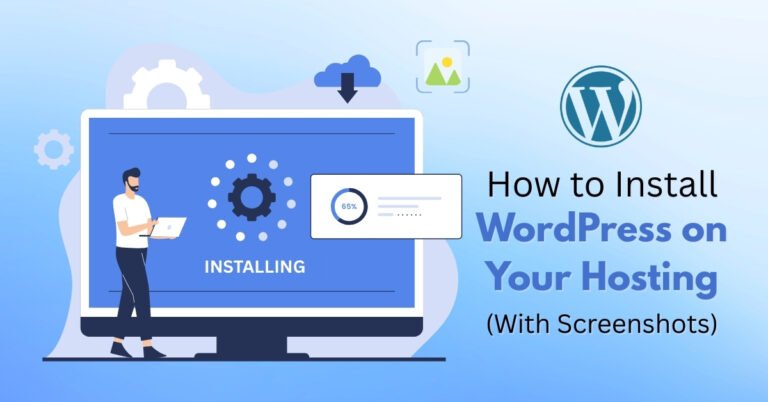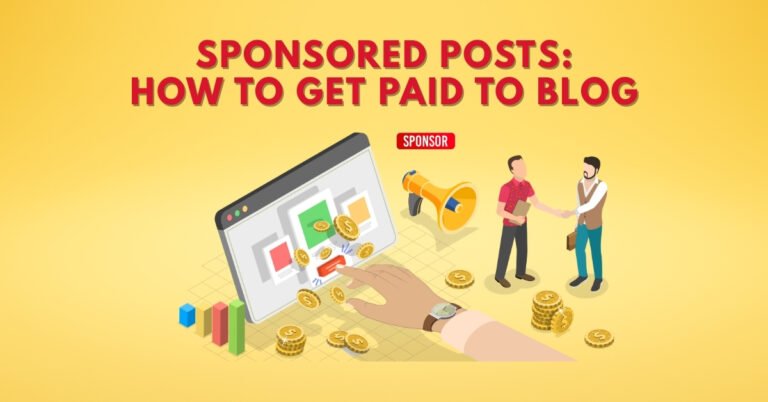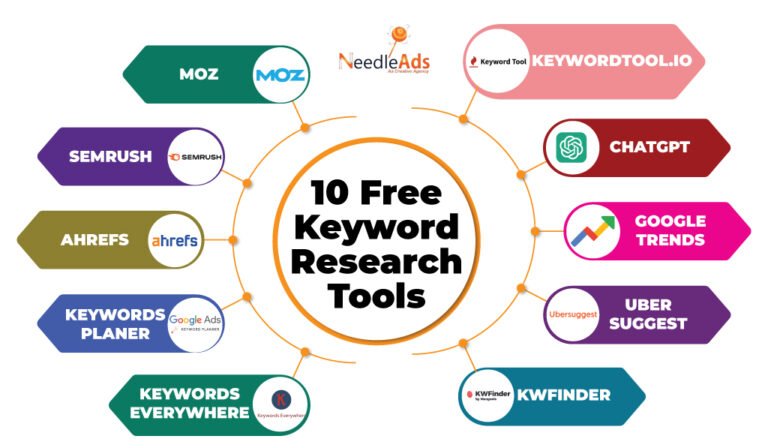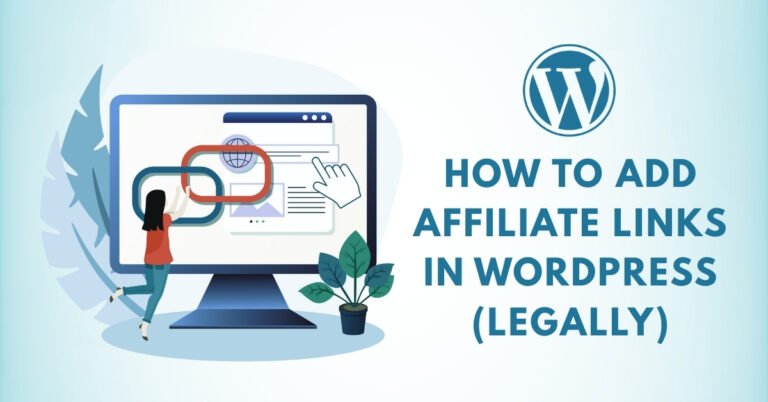Starting a blog is exciting. You spend hours writing posts, tweaking your theme, and hitting “publish.” But then—crickets. No comments, no shares, and barely any visitors.
You’re not alone.
The truth is: most beginner bloggers face this same struggle. But here’s the good news—traffic can grow, and it doesn’t have to take years.
In this guide, we’ll cover:
- Common reasons your blog isn’t getting traffic
- Practical strategies to fix each issue
- Tools and tips that actually work for beginners using WordPress
Let’s dive in.
You’re Not Targeting the Right Keywords
One of the top reasons blogs get no traffic is poor keyword targeting. You may be writing high-quality posts, but if no one’s searching for your topic, you won’t get found.
What You Might Be Doing:
- Writing about general or oversaturated topics like “How to Be Happy”
- Not researching what your audience is actually typing into Google
What to Do Instead:
- Use free keyword research tools like:
- Ubersuggest
- Google Keyword Planner
- AnswerThePublic
- Target long-tail keywords (e.g., “how to start a food blog with no experience”)
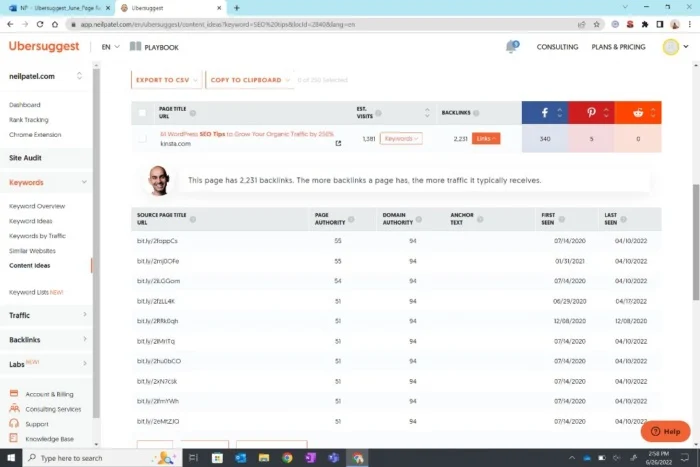
Pro Tip: Look for keywords with low competition and decent search volume.
Your Content Doesn’t Solve a Specific Problem
People visit blogs to find solutions. If your content is vague or lacks focus, it’s easy for readers (and Google) to ignore it.
Fix It By:
- Writing actionable posts with clear benefits
- Addressing one main problem per post
- Using examples and real-life applications
Instead of:
“My Thoughts on Productivity”
Try:
“7 Productivity Hacks That Helped Me Write 30 Blog Posts in 30 Days”
You’re Not Promoting Your Blog Posts
“Build it and they will come” is a myth in blogging. Publishing your blog post is just the beginning.
Where to Promote:
- Pinterest: Great for lifestyle, blogging, food, DIY niches
- Facebook Groups: Join niche-relevant groups and share value
- Twitter/X & LinkedIn: For professional/educational content
- Email List: Even a small list can drive loyal traffic
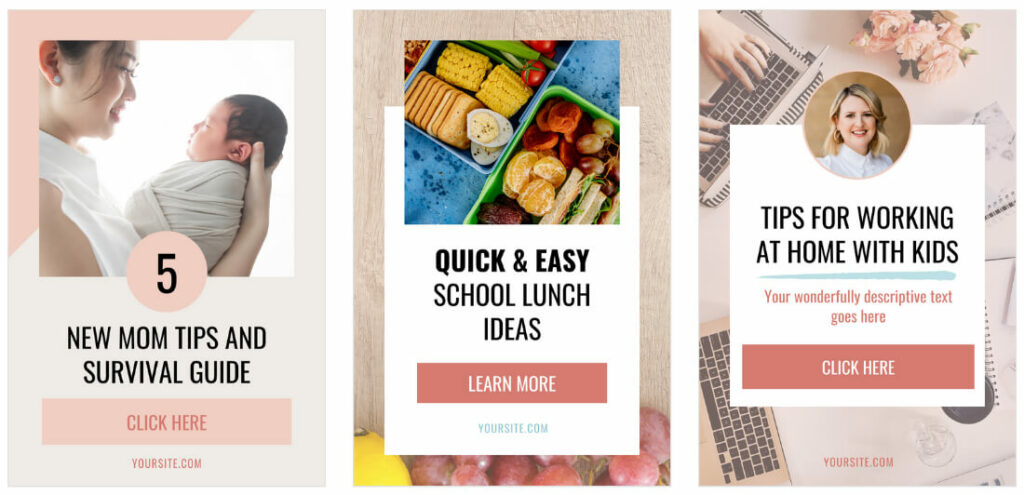
Your Headlines Aren’t Compelling
If no one clicks your title, they’ll never read the post.
Tips for Better Headlines:
- Use numbers: “10 Ways to…”
- Add urgency: “Before You Start a Blog…”
- Include the benefit: “That Skyrocketed My Traffic”
Try using free tools like:
- CoSchedule Headline Analyzer
- Sharethrough Headline Analyzer
Your Blog Is Too New (and That’s Okay)
Search engines don’t trust brand-new blogs right away. If your blog is under 6 months old, it might just need time and consistency.
Focus on:
- Publishing high-quality posts regularly
- Getting backlinks from other reputable blogs
- Staying patient and persistent
Remember: Every successful blog started at 0.
Your Blog Has Poor On-Page SEO
Even the best content won’t rank if it’s not optimized for SEO.
SEO Checklist for Beginners:
- Add your target keyword in the title, URL, first paragraph, and subheadings
- Use meta descriptions
- Include internal links (to your own blog posts)
- Optimize image alt text
- Use short URLs like:
/start-food-blog
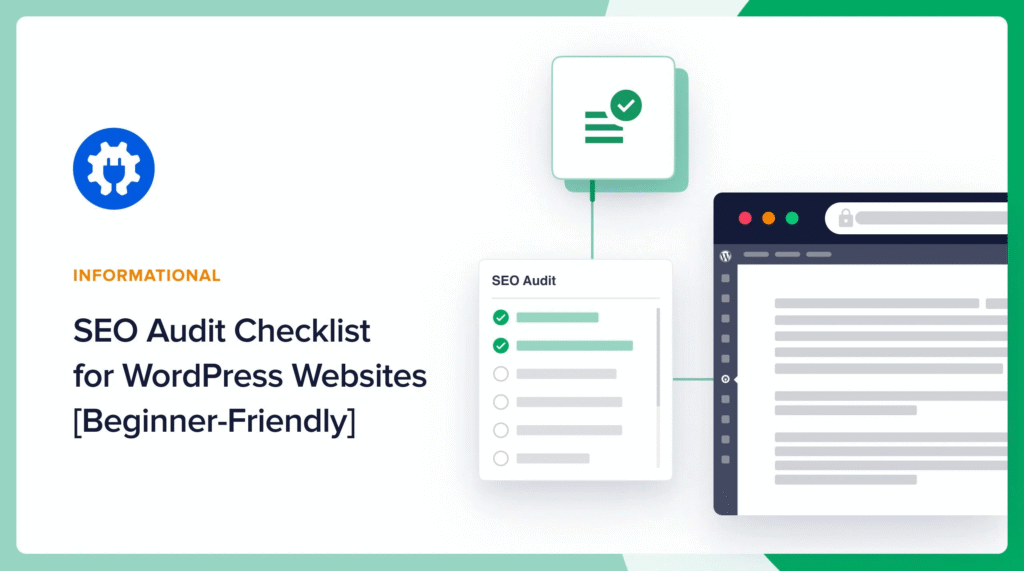
Install an SEO plugin like:
- Rank Math
- Yoast SEO
These plugins guide you step-by-step.
Your Site Is Slow or Not Mobile-Friendly
Google considers page speed and mobile usability in rankings.
How to Fix:
- Test your site using Google PageSpeed Insights
- Use lightweight WordPress themes (e.g., Astra, Kadence)
- Compress images using plugins like Smush
- Install caching plugins like WP Super Cache or W3 Total Cache
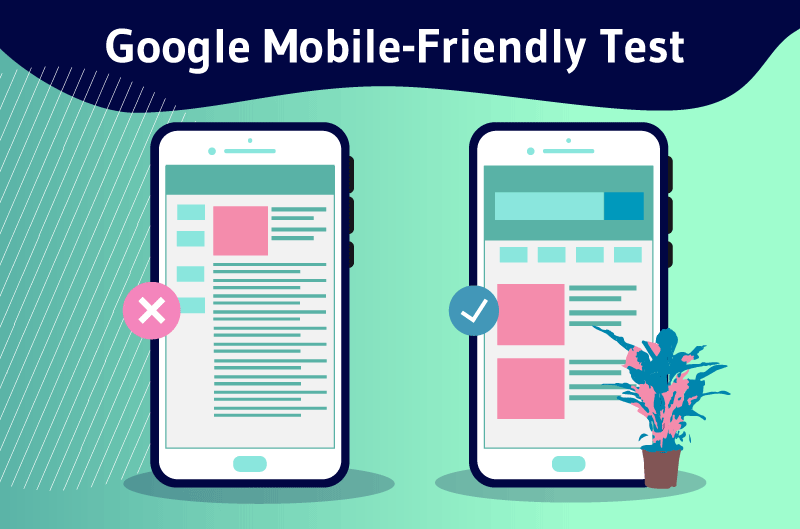
You’re Not Building Backlinks
Backlinks (when other sites link to your blog) tell Google your content is trustworthy.
Beginner-Friendly Backlink Strategies:
- Guest posting on similar blogs
- Answering questions on Quora/Reddit and linking back
- Getting listed in blog roundups
- Commenting on related blog posts (with valuable insight)
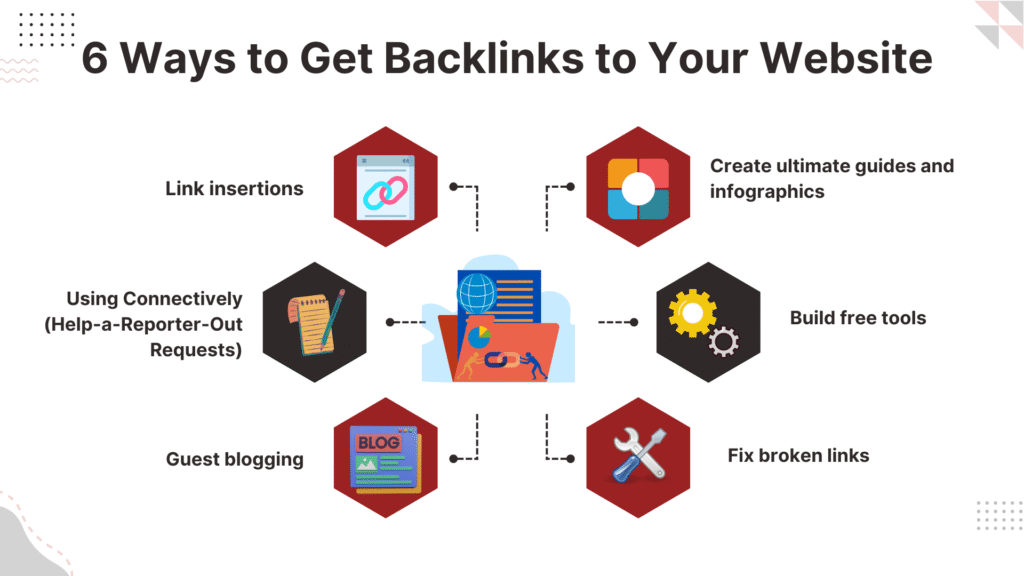
You’re Ignoring Internal Linking
Internal links keep readers on your site longer and help with SEO.
Do This:
- Link to your own posts wherever relevant
- Use descriptive anchor text (not “click here”)
Example:
If you’re writing about monetizing a blog, link to a post like “Best Affiliate Programs for Bloggers”
You Don’t Have a Traffic Strategy
Blogging without a traffic strategy is like driving without a map.
Create a Traffic Plan:
- Pick 1–2 traffic sources (e.g., Pinterest + SEO)
- Commit to consistent content creation
- Use a content calendar
- Analyze traffic monthly using Google Analytics
FAQs: Why Your Blog Isn’t Getting Traffic
It usually takes 3–6 months to see consistent traffic if you’re publishing regularly and optimizing for SEO.
Start with one platform—ideally SEO for long-term, passive traffic and one social platform like Pinterest or Facebook for quick wins.
Final Thoughts: Don’t Quit—Fix It
If your blog isn’t getting traffic, it’s not because you’re a failure—it’s because you haven’t applied the right strategies yet. The good news? You can start today.
With a little SEO knowledge, keyword research, and consistent promotion, traffic will come.
Keep going. Your readers are out there—let’s help them find you.

